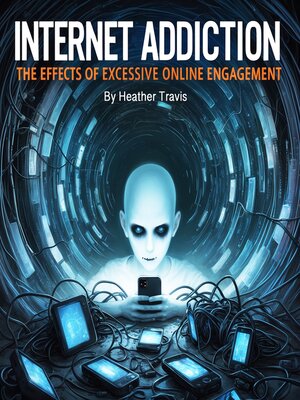Internet Addiction
audiobook (Unabridged) ∣ The Effects of Excessive Online Engagement
By Heather Travis

Sign up to save your library
With an OverDrive account, you can save your favorite libraries for at-a-glance information about availability. Find out more about OverDrive accounts.
Find this title in Libby, the library reading app by OverDrive.



Search for a digital library with this title
Title found at these libraries:
| Library Name | Distance |
|---|---|
| Loading... |
This audiobook is narrated by a digital voice.
In the span of just three decades, the internet has transformed from a novel communication tool used by researchers and academics into an omnipresent force that permeates virtually every aspect of modern life. What began as a revolutionary technology designed to facilitate information sharing and communication has evolved into a complex digital ecosystem that, for millions of people worldwide, has become a source of compulsive behavior, social isolation, and psychological distress. Internet addiction, while not yet formally recognized in all diagnostic manuals, represents one of the most significant behavioral health challenges of the twenty-first century, affecting individuals across all age groups, socioeconomic backgrounds, and geographic regions.
The concept of internet addiction emerged in the mid-1990s as mental health professionals began observing patterns of problematic internet use that resembled traditional addiction behaviors. Dr. Kimberly Young, one of the pioneers in this field, developed the first diagnostic criteria for internet addiction in 1996, adapting the criteria for pathological gambling to address compulsive internet use. Her work revealed that individuals could develop the same hallmarks of addiction to online activities that were previously associated only with substance abuse: tolerance, withdrawal, loss of control, and continued use despite negative consequences.
The rapid evolution of internet technology has created an environment that is inherently conducive to addictive behaviors. Unlike substances or activities that required specific locations or circumstances to access, the internet is now available twenty-four hours a day through smartphones, tablets, laptops, and countless other connected devices.







